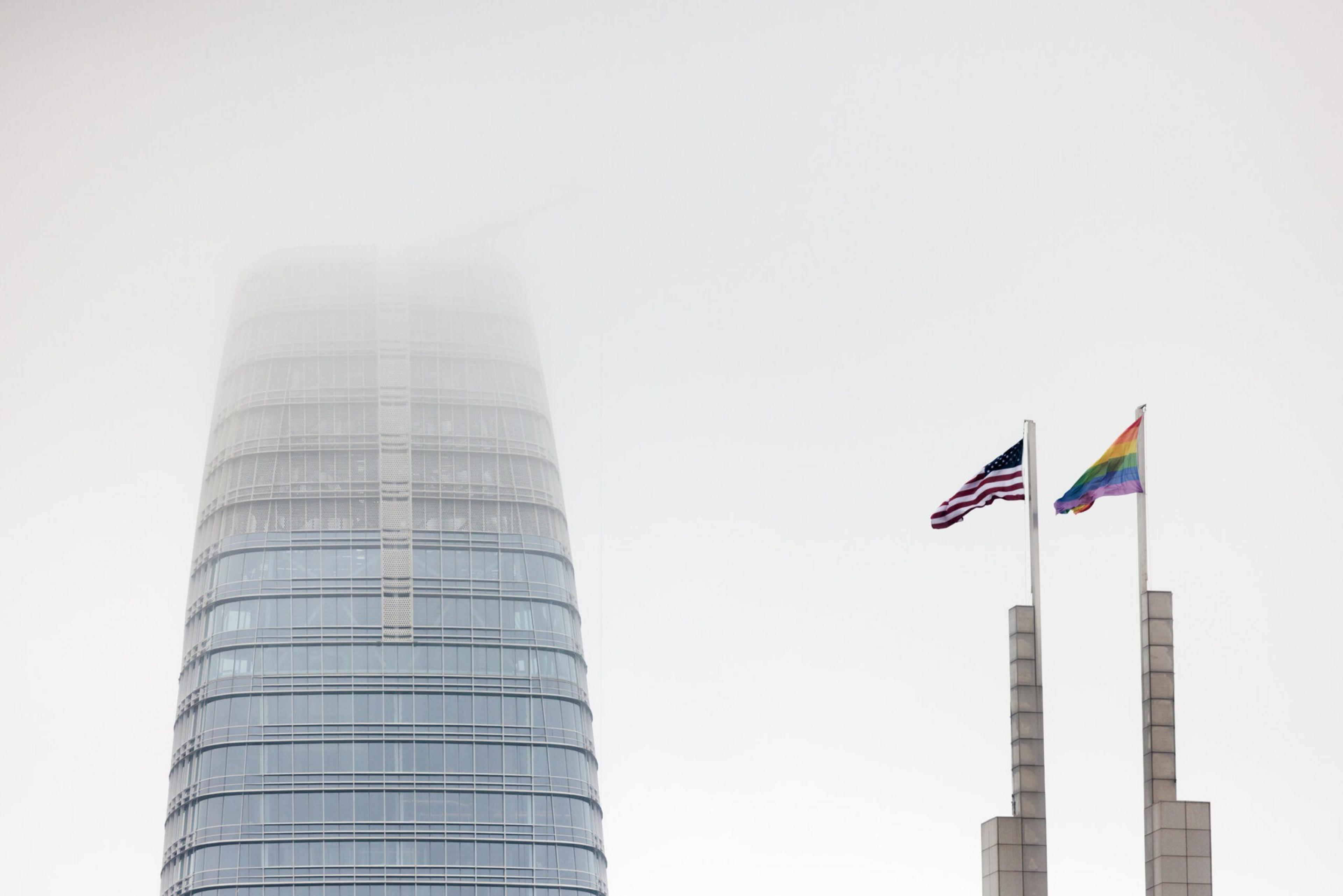It’s no secret that Downtown San Francisco is reeling. Vacancies are up and property owners are shedding leases faster than new ones can be signed.
The allure of artificial intelligence, so far, hasn’t been enough to meaningfully fill the void Downtown, which accounted for thousands of jobs and a majority of the city’s economic activity prior to the pandemic.
Just how bad are things looking? Here are five data points that underscore San Francisco’s potentially long path to recovery.
Vacancy Rate: 31.8%
That’s the preliminary office vacancy rate for the second quarter of 2023 in San Francisco, according to real estate company CBRE. Finalized numbers are expected early next month.
CBRE’s data shows that net absorption was at negative 1.9 million square feet in the second quarter, meaning far more space was vacated than was newly leased—and implying that the vacancy rate, already at record highs, could go even higher.
In order to turn the story around, net absorption would need to be positive. By and large, the types of leases being signed at the moment are lease renewals or subleases. New leases only made up around 21% of total leasing activity in the second quarter.
AI Companies: 700,000+ square feet
Mayor London Breed proclaimed San Francisco the AI capital of the world, and it’s clear that the city is the center of gravity for the nascent industry. Budding companies are snapping up space, too.
A report from real estate company Avison Young identified top AI companies seeking to massively boost their leasing in San Francisco, including OpenAI, Anthropic and Adept AI. The nine companies are looking for more than 700,000 square feet in San Francisco, which would roughly triple their current space.

The exuberance around AI has fostered some optimism that fast-growing companies could fill the empty office space (opens in new tab) Downtown.
But at least right now, those companies’ footprints are much smaller than the big tech firms that historically dominated Downtown. Compare that 700,000 square foot number with just one company, Salesforce: The city’s top private employer dumped some 700,000 square feet on the sublease market just this year.
Delinquency Rate: 4.02%
That’s the office delinquency rate for commercial mortgage-backed securities in May, according to data provider Trepp. The national figure is the highest tracked by the company since 2018. The delinquency rate is a precursor to defaults and foreclosures and a sign of general distress in the commercial real estate sector.
Office loans had the greatest increase in defaults in 2022 and accounted for the largest share of total defaults at 49.4% ($1.58 billion). This was more than double the $725 million and 17.6% share of defaults in 2021, according to Fitch Ratings.
But that only represents a minority of the commercial real estate debt in the market. A major portion is held on the books of regional banks, which have largely turned off the spigot for financing new projects.
Assessment Appeals: 2,831
As of June 7, that’s the number of property tax appeals that have been filed in San Francisco for the current fiscal year, a figure expected to rise even higher throughout the rest of the month. Property tax appeals are at their highest level since the fiscal years 2013-2014, and the number of appeals have continued to tick up annually over the course of the pandemic.
Owners who believe their property assessments—and associated tax bills—are too high can appeal their case to San Francisco’s Assessment Appeal Board. That board determines whether a property should be revalued temporarily. The number is a signal of property owners’ declining confidence in the value of their buildings and a worrying sign for a city that relies on property taxes for its single largest source of revenue.
Return to Office: 45.5%
That’s the most recent available weekly average office attendance for the San Francisco metro area, according to badge swipe data from Kastle Systems security company. San Francisco’s return-to-office numbers have remained stubbornly stuck around 45% and have never budged past 50% since the start of the pandemic.
There’s also a wide difference in attendance depending on the day. Last week, San Francisco occupancy on Friday sat at 28.1%, whereas Wednesday saw the highest office attendance with a 58.6% figure, according to Kastle.

Outside of leaving buildings vacant, the slow return of office workers has also had cascading impacts on the infrastructure and economic ecosystem centered on Downtown. The Financial District and Chinatown accounted for nearly 20% of the city’s overall business closures between 2020 and 2022, meaning fewer amenities for those that are coming back.
BART, formerly a popular commute option for Downtown workers, has had a notably poor recovery in its ridership. Special events like Pride weekend served to boost ridership temporarily, but even those high points remain a fraction of the ridership during comparable times in 2019.
